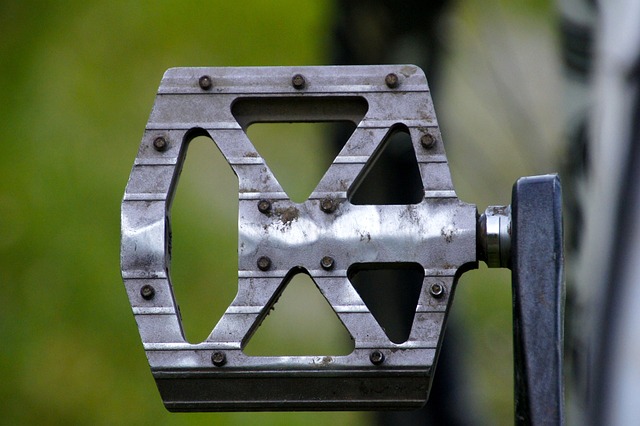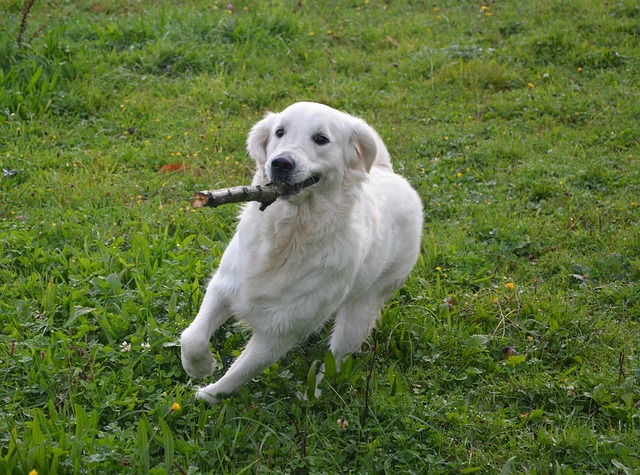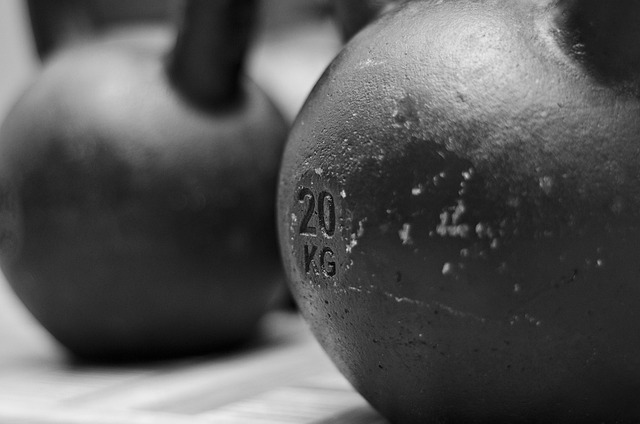When you picture an efficient home workout space, the first thing that usually comes to mind is a clean floor, a good set of weights, and a sturdy mat. Yet, one often overlooked element can dramatically change the quality of your routine: a non‑slip rug. These rugs, designed to keep you grounded and stable during every rep, curl, and stretch, are becoming essential for athletes and casual exercisers alike. By preventing unexpected shifts and providing a consistent surface, a non‑slip rug lets you focus entirely on form and intensity.
Why Stability Matters in Every Move
Stability is the backbone of safe and effective training. When your feet slip, your muscles must scramble to compensate, leading to altered mechanics, increased joint loading, and a higher risk of strains or sprains. In contrast, a firm base allows your body to generate force in a controlled manner, preserving the integrity of your workout. A non‑slip rug delivers this foundation by attaching itself to the floor with a dense, grippy backing that resists sliding even under the heaviest squat or the most explosive jump.
Core Benefits of a Non‑Slip Rug
Choosing a non‑slip rug offers several tangible advantages that resonate across fitness disciplines:
- Consistent Traction: No more wobbly steps or unexpected slides during plyometrics.
- Enhanced Performance: With a stable base, you can push harder and lift more.
- Joint Protection: By maintaining proper alignment, you reduce the likelihood of injury.
- Comfort: The cushioned surface alleviates impact on knees and hips during high‑impact drills.
- Versatility: Suitable for yoga, Pilates, bodyweight circuits, and strength training alike.
Choosing the Right Rug for Your Space
Not all non‑slip rugs are created equal. Selecting one that matches your workout volume, floor type, and aesthetic preferences requires a few key considerations.
- Material: Natural fibers like wool offer excellent shock absorption, while synthetic blends (polyester, nylon) provide durability and ease of cleaning.
- Thickness: A 1‑2 inch thickness strikes a balance between cushioning and stability. Thicker rugs are great for impact activities, whereas thinner options are ideal for low‑impact or mobility work.
- Size: Measure the area you’ll be using. A rug that’s too small can create a slip zone at the edges, while an oversized rug may become a tripping hazard if it rolls.
- Backing: Look for a textured, rubberized base that grips carpet or hardwood without leaving residue.
- Maintenance: Some rugs are machine‑washable, which can be convenient if you sweat a lot or have kids sharing the space.
Installation Tips for Long‑Lasting Grip
Even the best rug can lose its grip if set up incorrectly. Follow these steps to ensure a secure installation.
- Clean the floor surface to remove dust, oils, and moisture.
- Place the rug in its final position and press firmly down, allowing the backing to conform to the floor.
- For added security, consider using double‑sided carpet tape or a non‑slip rug pad underneath.
- Periodically check the edges for any loosening and reapply adhesive or tape as needed.
Keeping Your Rug in Peak Condition
Like any piece of sports equipment, a non‑slip rug benefits from regular upkeep. Clean it weekly with a mild detergent and a damp cloth, avoiding harsh chemicals that can degrade the backing. For deeper stains, a gentle spot‑cleaner works best. After washing, allow it to dry completely before re‑installing; moisture trapped under the rug can cause mold or reduce traction. If your rug’s edges begin to lift, consider applying a small amount of fabric adhesive or swapping out the backing for a new one.
Safety First: How a Non‑Slip Rug Reduces Injury Risk
“During a routine that involves kettlebell swings and dynamic lunges, a non‑slip rug became the silent partner that prevented a potential knee injury. Its grip allowed me to maintain perfect form, even when fatigue set in.” – Jordan M., CrossFit Coach
The anecdote above illustrates a common scenario: a sudden slide can lead to compensatory movement patterns that overload the knee, ankle, or shoulder. By providing a stable base, a non‑slip rug ensures that each exercise is performed on a predictable surface. This predictability is especially critical for beginners who are still mastering balance and proprioception, as well as for seasoned athletes pushing their limits during high‑intensity interval training.
Integrating the Rug into Your Routine
Once you have installed your non‑slip rug, think of it as an integral component of your training environment, not just an accessory. Position it at the center of your floor space so that every movement—whether it’s a plank, a jump rope session, or a yoga flow—occurs on the rug. This consistent contact surface helps train your body to adapt to a known level of friction, improving overall balance and control.
Practical Applications Across Exercise Types
- Bodyweight Strength: Perform push‑ups, pull‑ups (if using a door frame), and bodyweight squats with confidence, knowing your feet won’t slip.
- Plyometrics: Jumping and bounding exercises require maximum traction to absorb impact safely.
- Yoga and Pilates: Maintain stability during poses that demand a steady base, like the downward dog or the plank.
- Cardio Circuits: Whether you’re running in place or doing high‑knee drills, a non‑slip rug keeps your footwork precise.
- Recovery Sessions: Foam rolling and stretching become gentler when you’re not worrying about floor friction.
Final Thoughts: The Quiet Game‑Changer
In the world of fitness gear, the non‑slip rug often sits under the radar while other equipment gets the spotlight. Yet, its impact on performance, safety, and consistency is undeniable. A well‑chosen, properly installed rug transforms a simple living room into a professional‑grade training zone, giving you the confidence to push harder, train smarter, and stay injury‑free. If you’re ready to elevate your home workout routine, consider investing in a high‑quality non‑slip rug today and feel the difference in every move.



